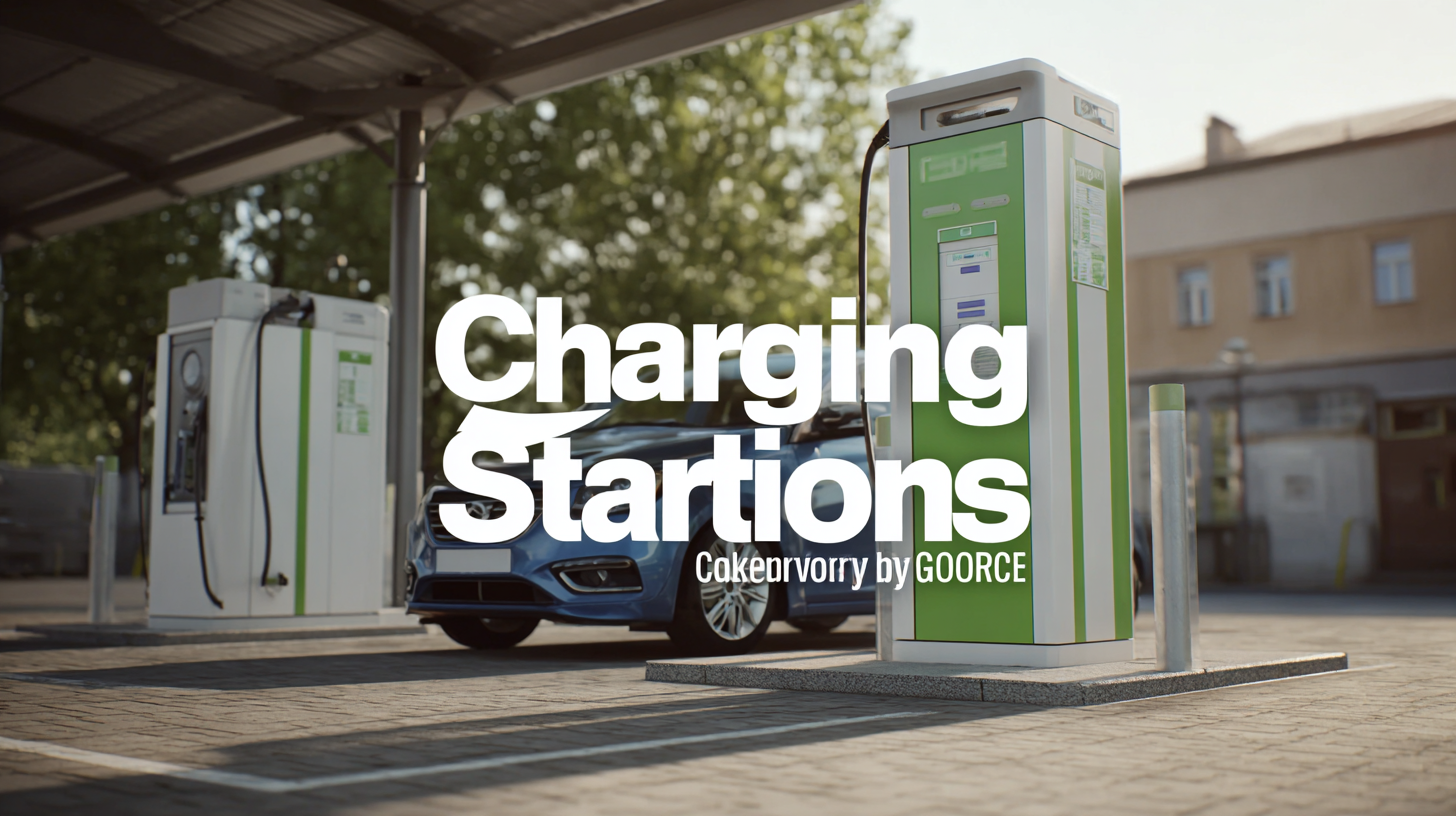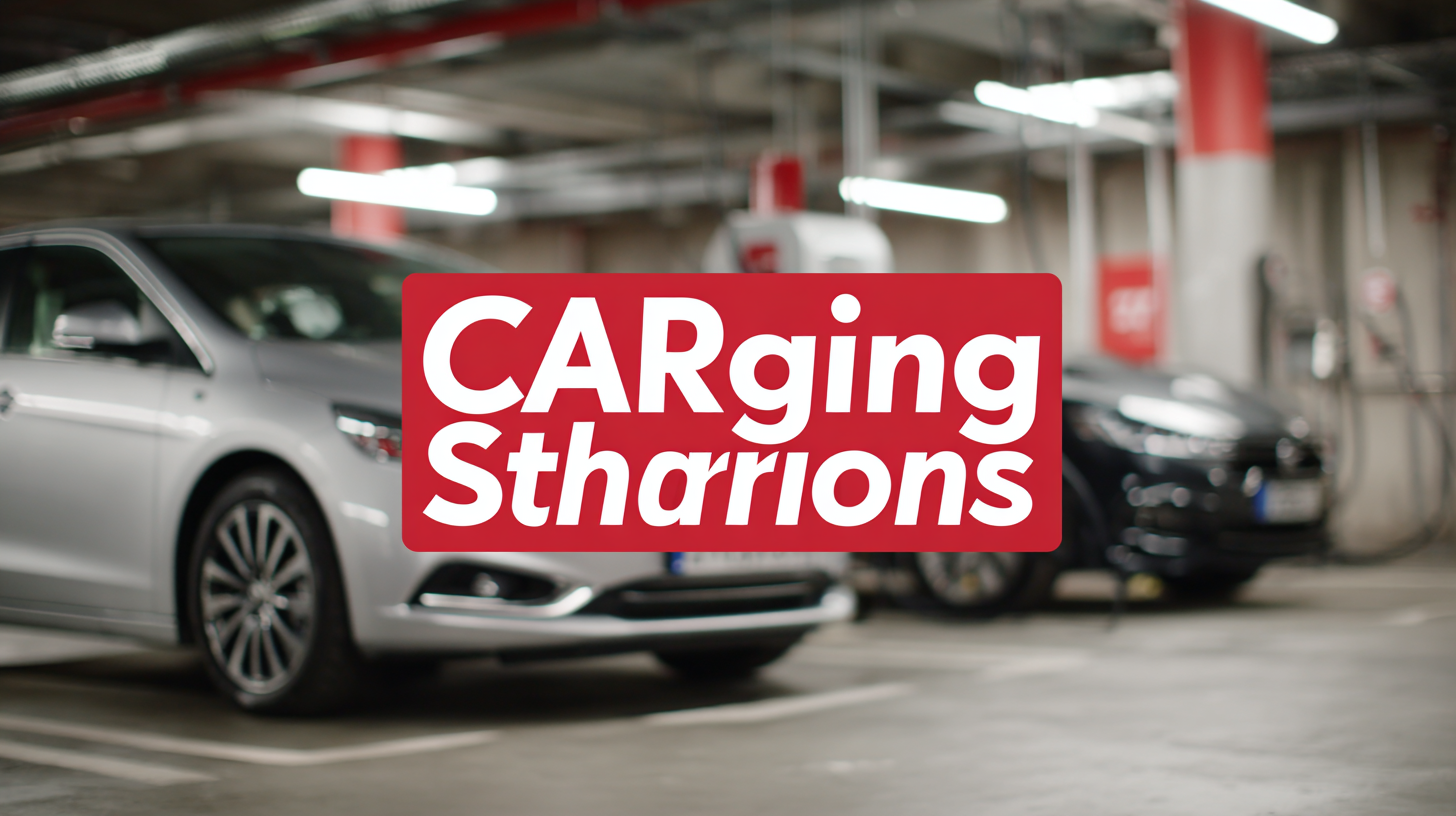Exploring Innovative Alternatives to Best Car Charging Stations for Global Purchasers
As the global demand for electric vehicles (EVs) continues to surge, the need for efficient and accessible car charging stations has never been more critical. With technological advancements and increased investments in the EV infrastructure, consumers are now faced with a plethora of options when it comes to selecting the best charging solutions for their needs. In this blog, we will explore innovative alternatives to traditional car charging stations, offering a comprehensive comparison of various types that cater to a diverse range of users—from urban dwellers to long-distance travelers. By examining key features, pricing models, and user experiences, we aim to equip global purchasers with the knowledge necessary to navigate the rapidly evolving landscape of car charging stations and make informed decisions that align with their lifestyles and sustainability goals.

Innovative Charging Solutions: The Rise of Wireless and Inductive Charging Technologies
As electric vehicles (EVs) gain traction worldwide, the demand for innovative charging solutions continues to rise. Among these solutions, wireless and inductive charging technologies stand out as groundbreaking alternatives to traditional car charging stations. Wireless charging eliminates the need for cables and connectors, allowing users to simply park their vehicles over a charging pad. This system not only streamlines the charging process but also encourages adoption among consumers who often find conventional charging infrastructures inconvenient.
 Inductive charging works through electromagnetic fields, transferring energy between two coils. This method not only enhances user experience but also paves the way for innovative grid connections and smart city integrations. With the potential for embedding charging technology into roadways and parking spaces, commuters can enjoy seamless energy replenishment while on the move. This evolution in charging technology signifies a shift towards more sustainable and efficient options, reflecting the industry's commitment to reducing carbon footprints and supporting the global transition to electric mobility.
Inductive charging works through electromagnetic fields, transferring energy between two coils. This method not only enhances user experience but also paves the way for innovative grid connections and smart city integrations. With the potential for embedding charging technology into roadways and parking spaces, commuters can enjoy seamless energy replenishment while on the move. This evolution in charging technology signifies a shift towards more sustainable and efficient options, reflecting the industry's commitment to reducing carbon footprints and supporting the global transition to electric mobility.
Evaluating the Efficiency of Fast-Charging Networks: Metrics and Performance Data
The rapid expansion of electric vehicle (EV) infrastructure has led to the emergence of various fast-charging networks, critically reshaping the automotive landscape. Recent reports from the International Energy Agency (IEA) highlight that as of 2023, there are over 1.8 million public charging points worldwide, a significant increase from 1.3 million in 2021. This growth indicates not only rising consumer interest but also a need for backup systems to ensure efficient charging during peak times. Understanding the efficiency of these networks involves analyzing metrics such as charge time, uptime reliability, and user accessibility.
Performance data from the U.S. Department of Energy indicates that DC fast chargers can typically provide an 80% charge in approximately 30 minutes, depending on the vehicle model and battery capacity. However, not all networks meet this standard. A study from EVAdoption reveals that while major networks like Electrify America and ChargePoint lead in availability, user experience can vary significantly based on location, with some chargers having downtime rates exceeding 20%.
As global purchasers evaluate their options, metrics surrounding charging speed, reliability, and network coverage will play a crucial role in their decision-making process, influencing the future adoption of EVs and sustainable energy solutions.
Emerging Trends in Sustainable Energy Sources for EV Charging Stations
As the electric vehicle (EV) market continues to grow, the demand for
sustainable energy sources at
charging stations is becoming increasingly important. Emerging trends suggest that
solar energy and
wind energy are leading the charge
in providing eco-friendly solutions for powering EV charging stations. By harnessing
renewable resources, these innovative alternatives not only reduce carbon footprints
but also lower electricity costs for operators and users alike. Investing in solar
panels or integrating local wind turbines can significantly enhance the sustainability
of these stations while contributing to grid stability.
Tips for optimizing the use of renewable energy for charging stations include
integrating smart grid technology
to balance energy supply and demand effectively. This ensures that charging stations
operate efficiently, leveraging peak renewable energy production times. Additionally,
consider partnering with local governments or energy cooperatives to facilitate funding
and development of projects focused on sustainable charging solutions. By collaborating
with stakeholders and investing in green technologies, the transition towards sustainable
energy sources for EV charging stations can be accelerated, leading to a more
environmentally-friendly future.
Another trend gaining traction is the advent of
battery storage systems.
These systems can store excess energy generated during peak solar or wind production
times, allowing charging stations to operate smoothly during periods of lower energy
generation. This not only improves the reliability of charging infrastructure but also
promotes energy independence, making charging stations less reliant on the traditional
energy grid. Emphasizing these sustainable practices can guide global purchasers in
selecting innovative charging solutions that align with a
future-oriented, eco-friendly vision.
Global Market Insights: Investment Opportunities in EV Charging Infrastructure
As the electric vehicle (EV) market continues to expand, the demand for robust charging infrastructure has never been more critical. Investors are keenly observing this burgeoning sector, recognizing EV charging stations as a key component of sustainable transportation. With government incentives and advancements in technology driving the shift towards electric mobility, there are significant investment opportunities emerging in this space. Companies offering innovative charging solutions, such as fast-charging stations and renewable energy integrations, are becoming attractive prospects for those looking to capitalize on the green energy trend.
Market insights reveal that regions with proactive policies supporting electric vehicles are also fostering growth in charging infrastructure investment. The increasing collaboration between private entities and governments to enhance charging networks highlights a promising landscape for investors. Furthermore, developments in wireless charging technology and smart grid integration are set to revolutionize how charging stations operate, creating a ripple effect throughout the global market. Savvy investors focusing on these innovative alternatives can position themselves at the forefront of the EV charging revolution, poised to benefit from the industry's inevitable expansion.

Consumer Preferences: What Data Reveals About Charger Locations and Accessibility
As electric vehicle (EV) adoption accelerates globally, understanding consumer preferences for charging station locations and accessibility becomes crucial. According to the International Energy Agency (IEA), over 10 million electric cars were sold globally in the first half of 2021 alone, underscoring the growing demand for convenient charging options. A recent survey by ChargePoint revealed that 69% of EV owners prioritize the availability of charging stations within close proximity to their daily routes, highlighting the necessity for accessible charging networks.
To cater to these needs, many companies are innovating in charger placement. The report from BloombergNEF emphasizes that strategic installations in urban areas, suburban neighborhoods, and near commercial hubs can enhance user convenience. Additionally, public charging stations are increasingly being placed in locations like grocery stores and shopping malls, making it easier for consumers to charge while they shop.
**Tips:** When planning your EV infrastructure, consider the following: First, determine high-traffic areas that align with consumer habits. Second, invest in fast-charging technology to reduce downtime for users. Lastly, integrate user-friendly apps that help consumers locate nearby charging stations, ensuring they feel confident in embarking on longer journeys.
